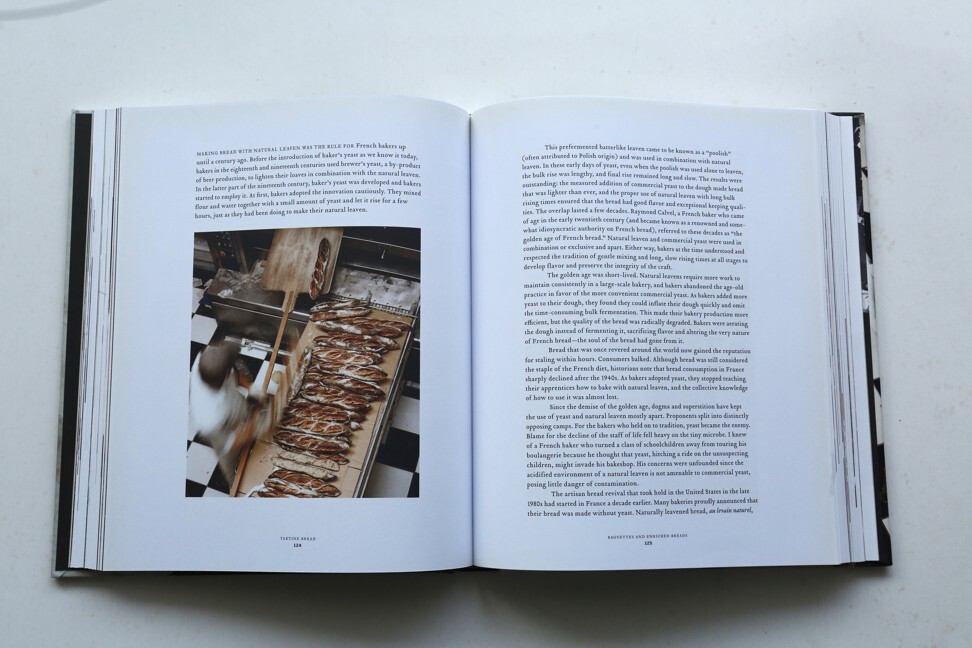
Baking bread is the perfect pandemic pastime – the Tartine Bread cookbook shows why
- San Francisco baker Chad Robertson has included adaptable recipes for everything from simple country loaves to olive oil brioche
- He writes poetically and evocatively of his bread-making quest and offers handy tips on how to improve each loaf
Is there anyone who is not making bread right now? Or, to be more precise, is there anyone who is not making bread and posting pictures of it on social media? My Instagram feed is filled with picture after picture of people showing off their bubbling natural yeast starters, and asking anguished questions: “Should it really smell this bad?”, “Why isn’t my bread rising?” Days later, they proudly post pictures of beautiful loaves.
It’s not surprising baking bread is so popular right now. With so many communities ordered to shelter in place worldwide, people are staying at home (if they are lucky enough to have one), working (if they are lucky enough to have jobs), taking care of their children and watching television or reading.
Making bread, with its slow, calming rhythm, is the perfect pastime when there’s so much uncertainty in the world.
Chad Robertson discovered this in 1992, when he started learning to bake after attending the Culinary Institute of America, in New York. The bread he wanted to make wasn’t the squishy type that uses packet yeast, which you can bake within a couple of hours. The artisan bakers he apprenticed under – in the United States and France – used natural yeast mixed into high-hydration doughs (very difficult to handle) that needed a long, slow rise and were baked into loaves with flour-dusted crusts.

Robertson writes about his bread-making quest in the introduction to Tartine Bread (2010). He and his wife, pastry chef Elisabeth Prueitt, opened Tartine bakery in San Francisco in 2002, and now have branches in Los Angeles and Seoul, South Korea. His writing about bread is evocative.
“In France, I had fallen in love with the sweet, creamy flavour of bread fermented with wild yeast leaven that contradicts the widespread perception of ‘sourdough’. I wanted anything but sour bread. I wanted a deep auburn crust to shatter between the teeth, giving way to tender, pearlescent crumb. I wanted my baker’s signature, the score made with a blade on top, to rise and fissure, and the crust to set with dangerous edges. Rustic forms from the forge of the oven would be the final expression of the process.”
His first recipe, for basic country bread, goes into details (with pictures) that run for 37 pages. It’s not that Robertson is trying to make bread-making seem difficult – he tells the reader what to look out for during each step, showing how to shape the dough, and offering tips on how to make better loaves (letting the baked bread cool slowly will keep it fresh for longer).
His basic country bread recipe has variations such as olive, sesame or polenta, and it can be made into pizza. Other recipes include olive oil brioche, croissants, baguettes and wholewheat bread. Robertson devotes a chapter to recipes that use up old bread: tomato panzanella, bruschetta, white gazpacho, French onion soup and French toast.

